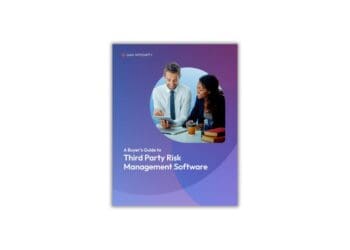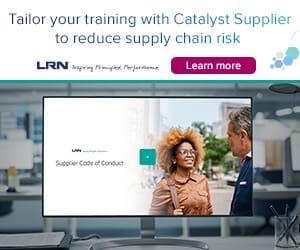This post was originally shared on LinkedIn and is republished here with permission.
Three critical areas are always top of mind for investors when discussing the Board’s oversight role: the performance of the CEO, the company’s strategy and the company’s capital allocation plan. The company’s capital allocation plan gets to the very center of the long-term versus short-term investment debate. There is a rebuttable presumption that most of the big institutional investors are investing with a long-term lens, but there is also agreement among investors that every company needs a balanced capital allocation plan that addresses the needs of the company with both short- and long-term elements.
At a high level, this all seems very logical—until you throw into the mix the $170 billion in assets under management with activist hedge funds[1] and the more than $1.4 trillion in cash on companies’ balance sheets.[2] That combination makes a very attractive target for activists that want to direct some of this cash back to shareholders. One result we are seeing: a record number of share repurchase programs, and with that, a lot more debate on this topic.
Both directors and investors need to be comfortable that they fully understand the ramifications of a share buyback program and have thought through any short- and long-term effects. Directors need to clearly understand all of the downstream effects a share buyback plan might have on the company’s key metrics that impact CEO compensation, and investors need to understand the company’s equity and debt structure, as well as any potentially adverse accounting and tax implications of returning cash to shareholders. And all parties need to understand the impact this form of capital allocation has on available capital for other investments.
Continuous and transparent discussions with shareholders allow the Board and management to get useful feedback that can help the company continue to focus on its strategy. The capital allocation plan should be part of these discussions, giving investors confidence that the company is appropriately focusing on long-term value creation and not unnecessarily hoarding cash on the balance sheet. An element of the plan might be a share buyback program, but going into it with eyes wide open is the best way to go.
For more insights about returning cash to shareholders, read our first Director-Shareholder Insights, “Is cash burning a hole in your pocket? Thinking through share repurchases and dividends.”
[1] Activist Insight Annual Review 2016.
[2] FactSet, Cash & Investment Quarterly, December 21, 2015; http://www.factset.com/websitefiles/PDFs/cashinvestment/cashinvestment_12.2



 Paula Loop is the leader for PwC’s Governance Insights Center. With more than 20 years of experience at PwC, Paula brings extensive knowledge in governance, technical accounting and SEC and financial reporting matters to both organizations. Paula is a Certified Public Accountant licensed in New York and is a graduate of the University of California at Berkeley with a B.S. in Business Administration.
Paula Loop is the leader for PwC’s Governance Insights Center. With more than 20 years of experience at PwC, Paula brings extensive knowledge in governance, technical accounting and SEC and financial reporting matters to both organizations. Paula is a Certified Public Accountant licensed in New York and is a graduate of the University of California at Berkeley with a B.S. in Business Administration.










